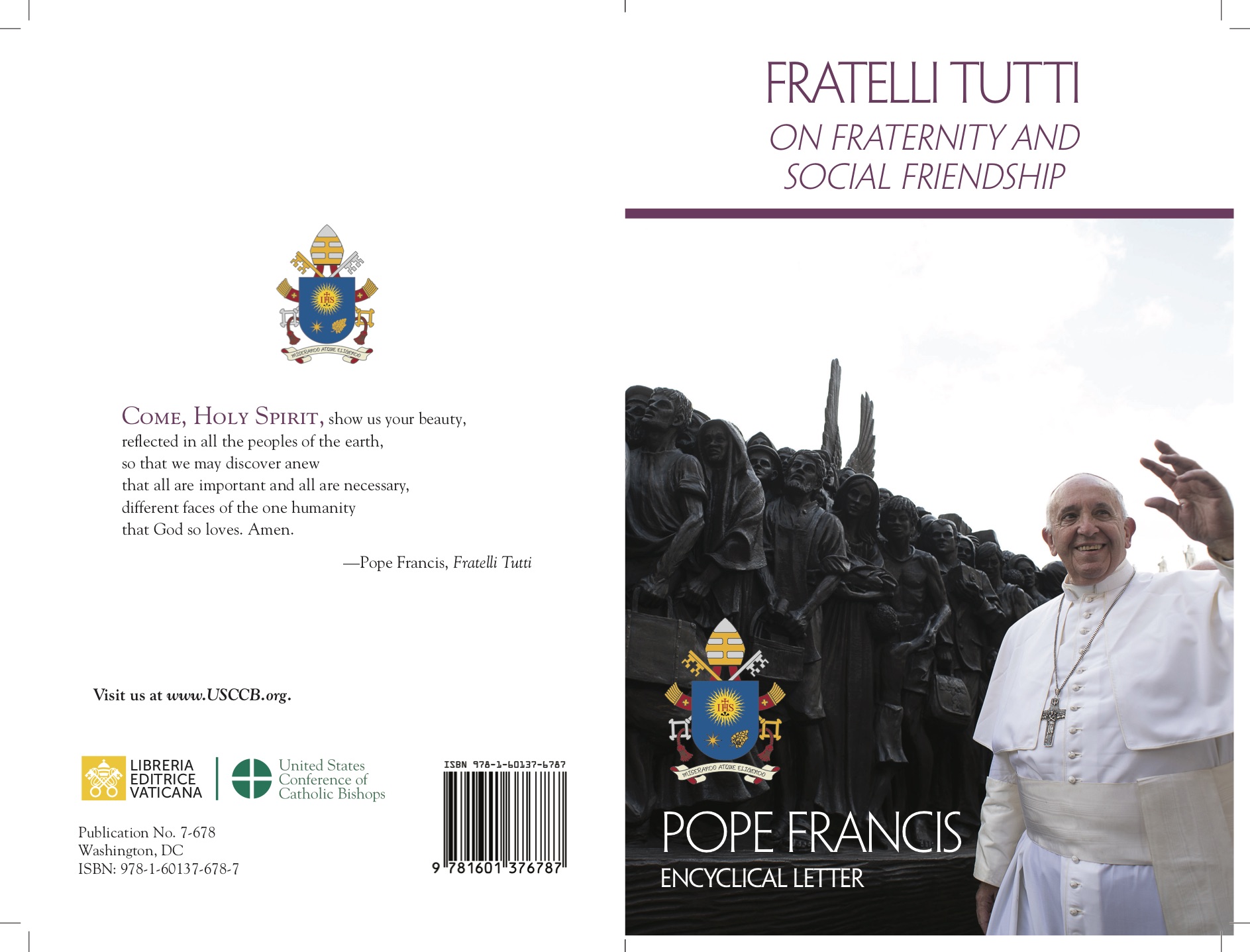
“O that you would kiss me with the kisses of your mouth!” This is how the Song of Songs begins. Anyone who wants to reread it will find themselves in front of a text of love, which is overloaded with “erotic” allusions. Some rabbinic tradition marks the day on which God gave it to His people as the most beautiful day. However, upon interpreting it, whether by Jews or Christians, the allegorical reading prevails. The text celebrates God’s love for His people. He is the lover, and Israel is the beloved. That is, Christ is the bridegroom, and the Church is the bride. In a way, so is anyone -whether than be man or woman-, who relates to Christ in a total and exclusive manner, through mystical marriage.
Beautiful, sublime! The only problem is that love in its ordinary occurrence suffers. Paradoxically, to signify the profound intimacy of the relationship with God, the metaphor of marriage was chosen, clearly the most explicit and primal to express the union between a man and a woman. However, in their socio-cultural concreteness, marriages are something else. They are a contract, a pact that binds two families, without involving sentiment.
How was it possible that love, as we understand it today – and as it has been celebrated in various cultures – became estranged from the marital relationship? Why did people marry in the West, for almost two millennia, without the involvement of passion, the joy of encounter, the discovery of the body and its language?
One can only invoke “patriarchy.” The stubbornly persistent androcentric and patriarchal ideology that views women as something to be used, as they exorcise their “power.” Their fertile womb must be silenced. On the other hand, reproduction is necessary. It is a guarantee of eternity, in fact, the only one. Nevertheless, in this, the woman is merely a tool; and since maternity is certain but paternity is not equally guaranteed, she must be enslaved, segregated, and denied freedom and subjectivity.
One might ask why the Christian tradition internalized and almost dogmatized this ideology. The fact is that Christian communities adopted the dominant culture, even when it involved a clear departure from the gospel’s innovation. From its manifest egalitarian and libertarian values, the most disregarded of which is from the Letter of Paul to the Galatians, “There is neither Jew nor Greek, there is neither slave nor free, there is neither male nor female; for you are all one in Christ Jesus”.
“For love is strong as death, its flashes are flashes of fire, a most vehement flame”. (Song of Songs).
For this reason, Christian Western culture has sublimated passionate love through so-called “ascetic friendships.” Men and women, since the early Church Fathers, have been profoundly bonded by deep friendship. These are profound experiences that betray what was, at all costs, to be suppressed. Saint Jerome wrote in the epitaph for his dearest friend, Saint Paula, that he was “an old man who loves her.” And Saint Francis de Sales, nearly ten centuries later, would calm the scruples of Saint Jane Frances de Chantal, his spiritual daughter, telling her not to ask what was between them, but to be sure it came from God.
This intriguing thread continues to the present day. Famous couples sublimate passionate love by reducing it to friendship. This is also the case with married couples. Take, for example, Raissa and Jacques Maritain, she a poet and he a philosopher, who, although married, choose a chaste coexistence. Even couples of consecrated individuals live their alignment of mind and heart in complete chastity. A particularly emblematic case is that of the theologian Hans Urs von Balthasar and the visionary mystic Adrienne von Speyr, whom he regarded as the “red thread” of his theological speculation.
The history of love in the Christian tradition is filled with both enduring ideals and tragic exceptions. One of the most tragic and well-known examples is the story of Héloïse and Abelard. It is undeniable that both body and soul were deeply involved in their love. Abelard, who was one of the most prominent and famous philosophers and thinkers of the Middle Ages, claimed that if it were possible to invent something new in love, they had done so. However, he paid the price of their passionate relationship by becoming resistant to marriage and later viewed their love as sinful. Eloïse, on the other hand, was a nun and a scholar, who was far more liberated when defining their relationship and unwilling to deny the experience they shared.
Thus, marriage was primarily seen as a contract and a social necessity. While passionate love certainly existed, it often led to tragic outcomes and remained outside the bounds of marriage, whose primary purpose was to ensure the procreation of offspring.
A lenient ecclesiastical legislation -and later also civil legislation- gradually required their consent, most of the time extorted or formal and largely for social reasons. An unjust family law – in Italy, changed only in 1975 – has offended and humiliated women. As for the Church, while it has considered marriage legitimate, it has always exalted virginity and widowhood.
Until Vatican II, marriage was considered a remedium concupiscentiae, a remedy for concupiscence, and was solely aimed at bonum prolis, the procreation of children.
It is thanks to Luz Marie Alvarez Icaza, from Mexico who was an auditor at Vatican II, that during the laborious drafting of the Gaudium et Spes, she vehemently denied that her numerous children could be considered a remedy for concupiscence. Indeed, and perhaps consequently, Chapter II/I of the Gaudium et Spes marks a shift in perspective.
The principle of mutual help, of mutual love grounded in the “equal personal dignity of both man and woman,” as stated in Pope Paul VI’s Pastoral Constitution. However, this has not been very successful. Gradually, it gave way once again to bonum prolis as the very reason for marriage.
Like it or not, we have become accomplices in the patriarchal deception. Yet Christianity has as its code the “flesh.” We owe to Tertullian, a Roman writer, philosopher, and Christian apologist, and one of the most famous of his time, the axiom caro salutis cardo (flesh is the hinge of salvation).
The Word of God became “flesh.” The Church is a body whose different members suffer and rejoice in mutual synergy, and nourished by the Eucharistic body of their Lord.
Unfortunately, all of this has not ennobled the living body that we are and has exorcised the unspeakable act of giving ourselves to one another to become one flesh. The relationship of Christ and the Church is not a metaphor, but a sacrament, and to celebrate it are a man and a woman who give themselves to each other in the flesh, the only essence of our being in the world, so precious and vibrant that it stirred in God the desire to make her his own.
by Cettina Militello
Theologian, vice-president of the Accademia Via Pulchritudinis ETS Foundation.













 Purchase the Encyclical here Fratelli Tutti
Purchase the Encyclical here Fratelli Tutti
